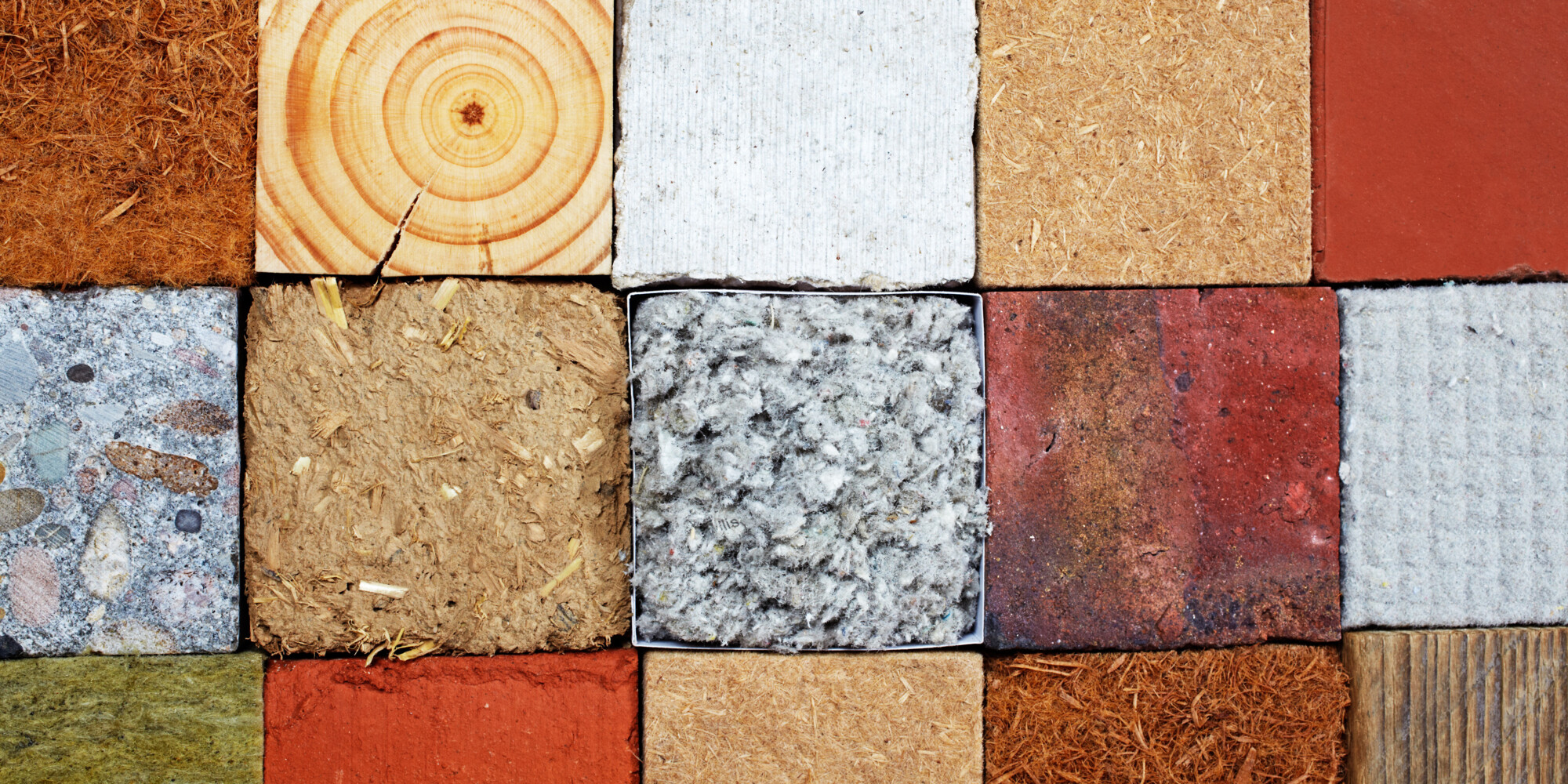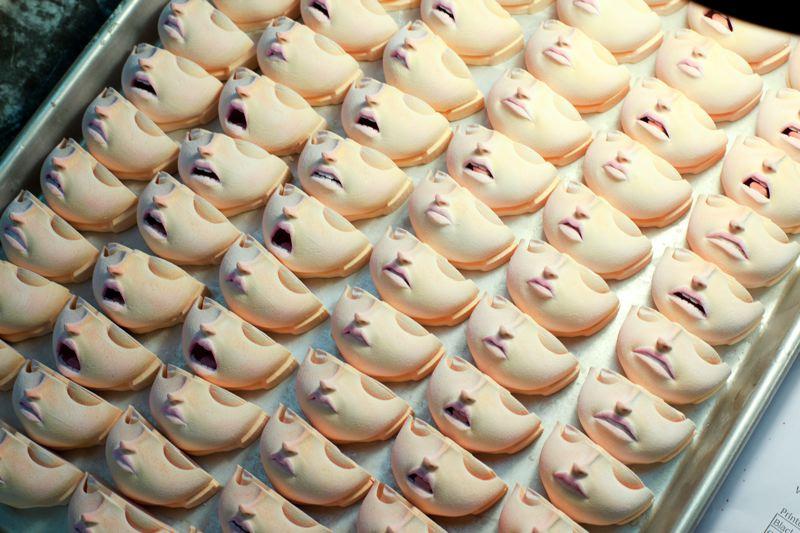Continuing on from last week’s theme of stop-motion puppets, this week I would like to highlight how recycled materials can be used to make a puppet, and how they can be used to enhance the design.
During the second year of our animation course; our lecturer provided us with a bunch of old materials found around the studios such as plastic cups, pipe cleaners, scraps of wood and old plasticine. We had an hour to make a sculpted character and almost everyone found that the rigidity of the objects meant that our designs were forced out of our comfort zones, to much success.


I feel this relates to this week’s reading, Vibrancy of Matter by Jane Bennet. Bennet promotes the concept of ‘vital materialism’ and ‘vibrant matter’ – the idea that all matter is interconnected and important in its own right, everything is alive, active and influences one another. As part of this, Bennet introduces “distributive agency”, the theory that humans are more ‘passive’ in our agency than we think, that objects have the power to control our actions and circumstances. I find this relates to our puppet experiment, as we were limited to our materials, yet the materials commanded the way we developed our designs.

3D printing is a relatively new, invaluable asset to stop motion. The ability to 3D print means that puppet parts can be produced very quickly and in mass, and can be reproduced exactly the same if a replacement is needed. Laika, for example, use 3D printing to give their puppets more versatility; Coraline – who was polymer clay, had 200,000 expressions, whereas characters from Laika’s 2014 film The Boxtrolls have 1.4 million expressions.

3D printing is sustainable from the angle of waste reduction and energy efficiency, however 3D printed objects are made from plastic filament, which is often sourced from fossil fuels. Luckily, there is a rise in bioplastic (plastic made from plant material) filament and filament made from recycled plastics. According to sustainable filament producers Filamentive, PLA (polylactic acid – a plastic made from plants) is the most popular filament choice by customers as it is both cheap and sustainable. PLA is also commonly chosen by animators for this exact reason, as a lot of printing needs to be done. I will criticize both PLA and recycled plastic filaments for not being easily recyclable, but their usage is highly beneficial over unsustainably produced plastics.
Bibliography
- Bennett, J. (2010). Vibrant Matter: a Political Ecology of Things. Durham: Duke University Press.
- Cartoon Brew. (2014). How Laika Pushed 3D Printing to New Heights with ‘The Boxtrolls’. [online] Available at: https://www.cartoonbrew.com/feature-film/how-laika-pushed-3d-printing-to-new-heights-with-the-boxtrolls-101512.html.
- Ravi Toor (2019). How Sustainable is PLA 3D Printer Filament? | Filamentive. [online] Filamentive.com. Available at: https://www.filamentive.com/how-sustainable-is-pla/.
Image credits
- Permission granted by Magnus Baird and Max Hogg to use their models
- Netzsch.com. (2025). Building Materials. [online] Available at: https://analyzing-testing.netzsch.com/_Resources/Persistent/0/f/9/b/0f9b942e0312899c51ec00c463877352c2d24e60/AdobeStock_27457771-5616×2807-2000×1000.jpeg
- Mendoza, H.R. (2025). Laika Uses 3D Printing to Create the Stop Motion Characters For Their Latest Film ‘The BoxTrolls’. [online] Google.com. Available at: https://www.google.com/url?sa=i&url=https%3A%2F%2F3dprint.com%2F9134%2Fboxtrolls-3d-printing-laika%2F&psig=AOvVaw2s6ggAyWSTcLRicT5asuMs&ust=1754055689487000&source=images&cd=vfe&opi=89978449&ved=0CBYQjRxqFwoTCPCV6-Oc544DFQAAAAAdAAAAABAz
- Filamentive.com. (2025). How Sustainable is PLA? [online] Available at: https://lh3.googleusercontent.com/T0BocPxG-gw-j69DTZeX9Qlq1Fb8eMVjhxJVbMP1uZZgPU8ZkAd35_Ws4o8sK_yQMn6_Rgl1ab9YNcvN_Fv9UaOrcVM5dDcgrUZb2eATrr1i2akwiBMl6xgsDweW-ifi6M18unII

